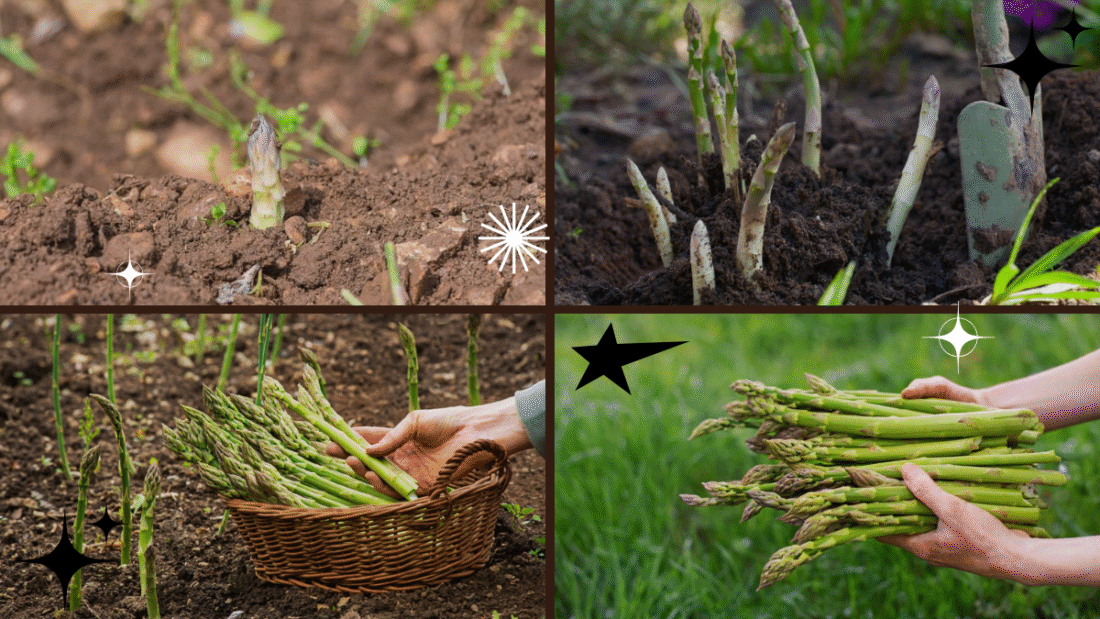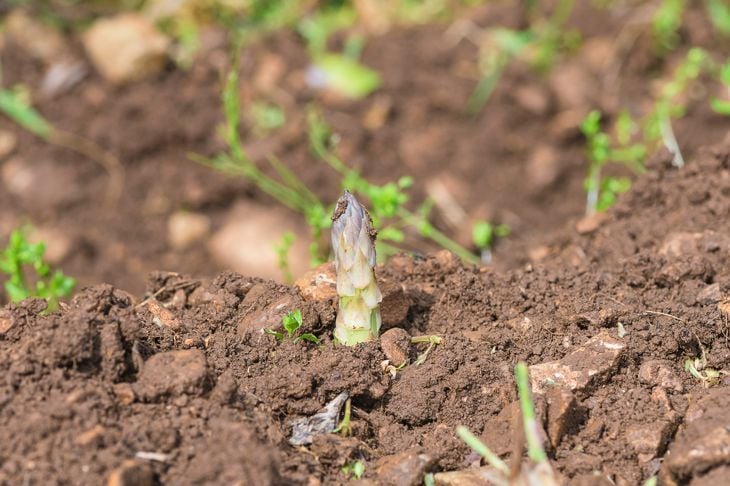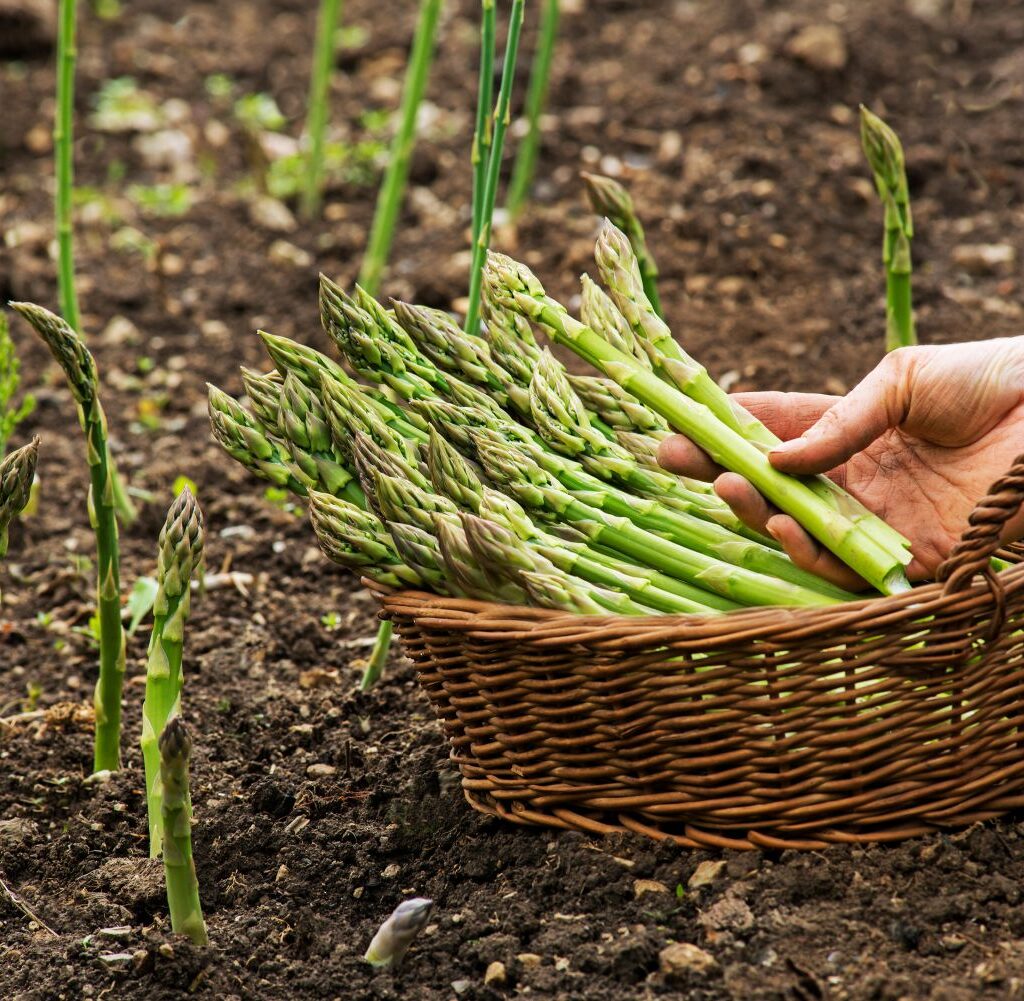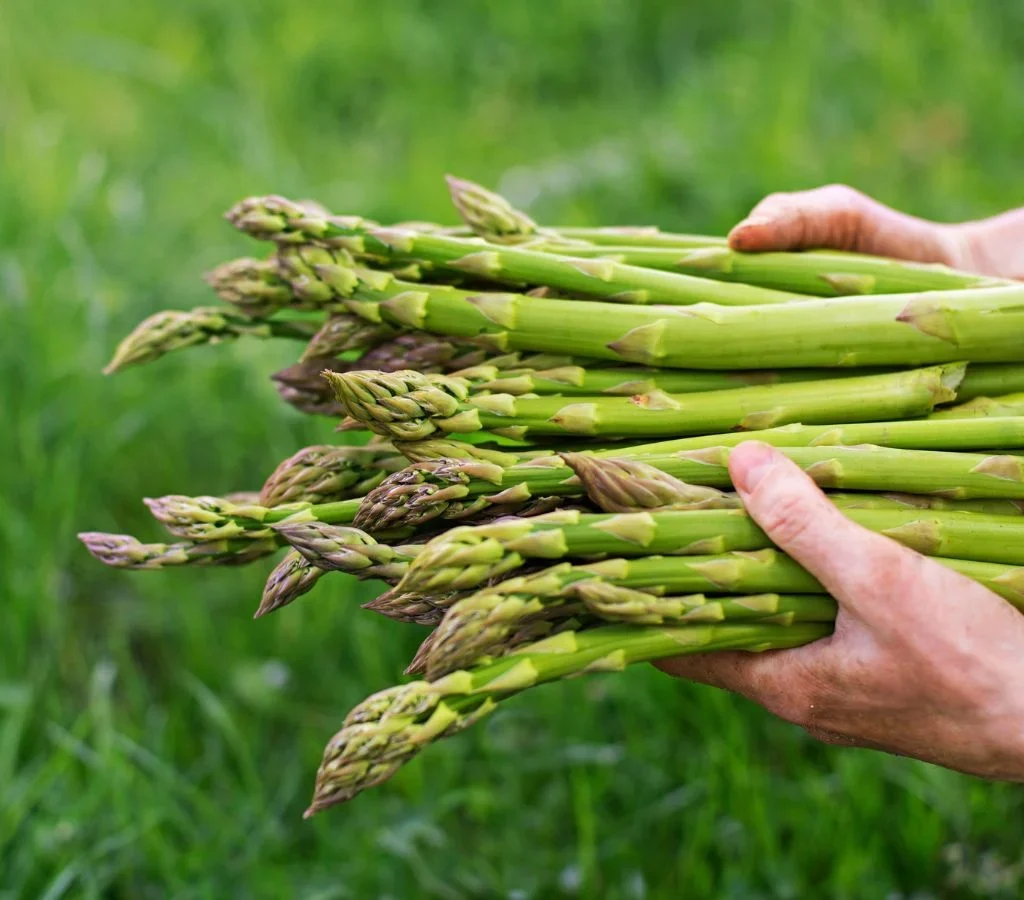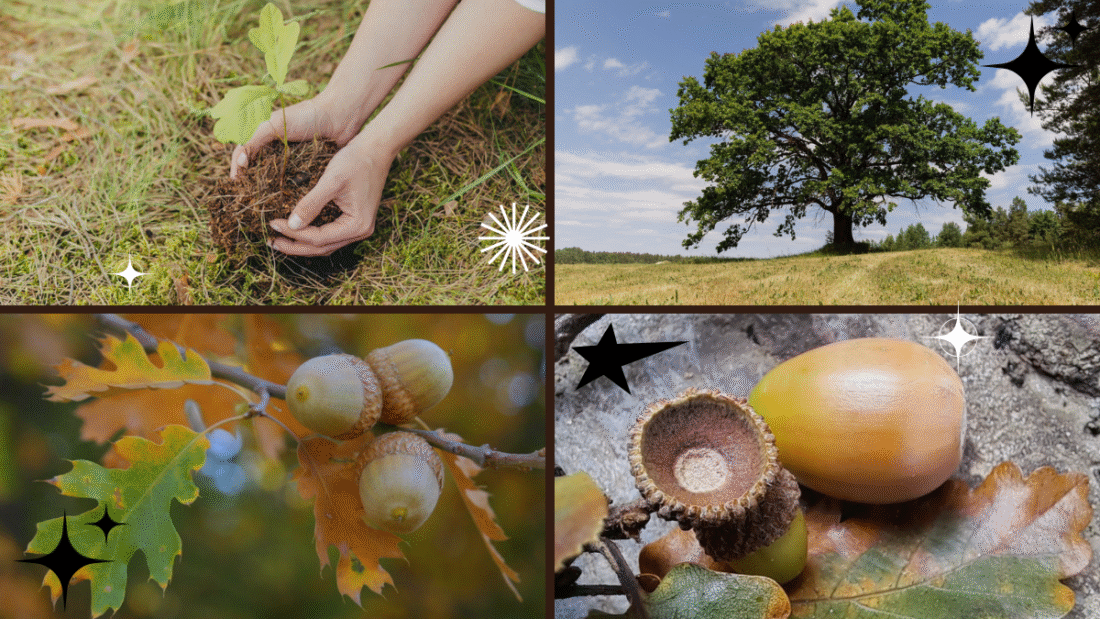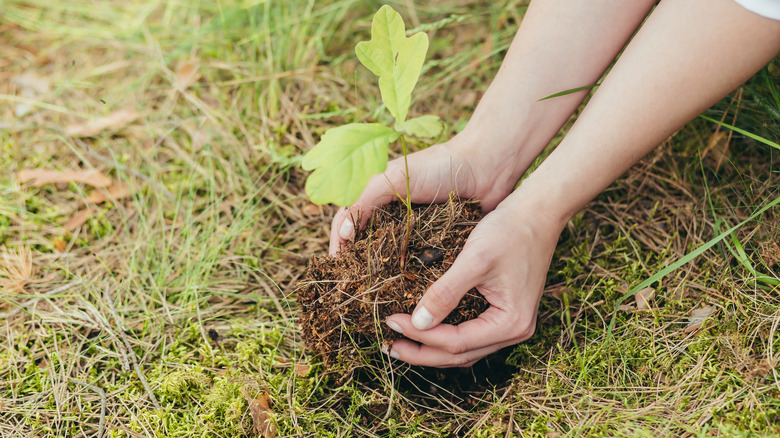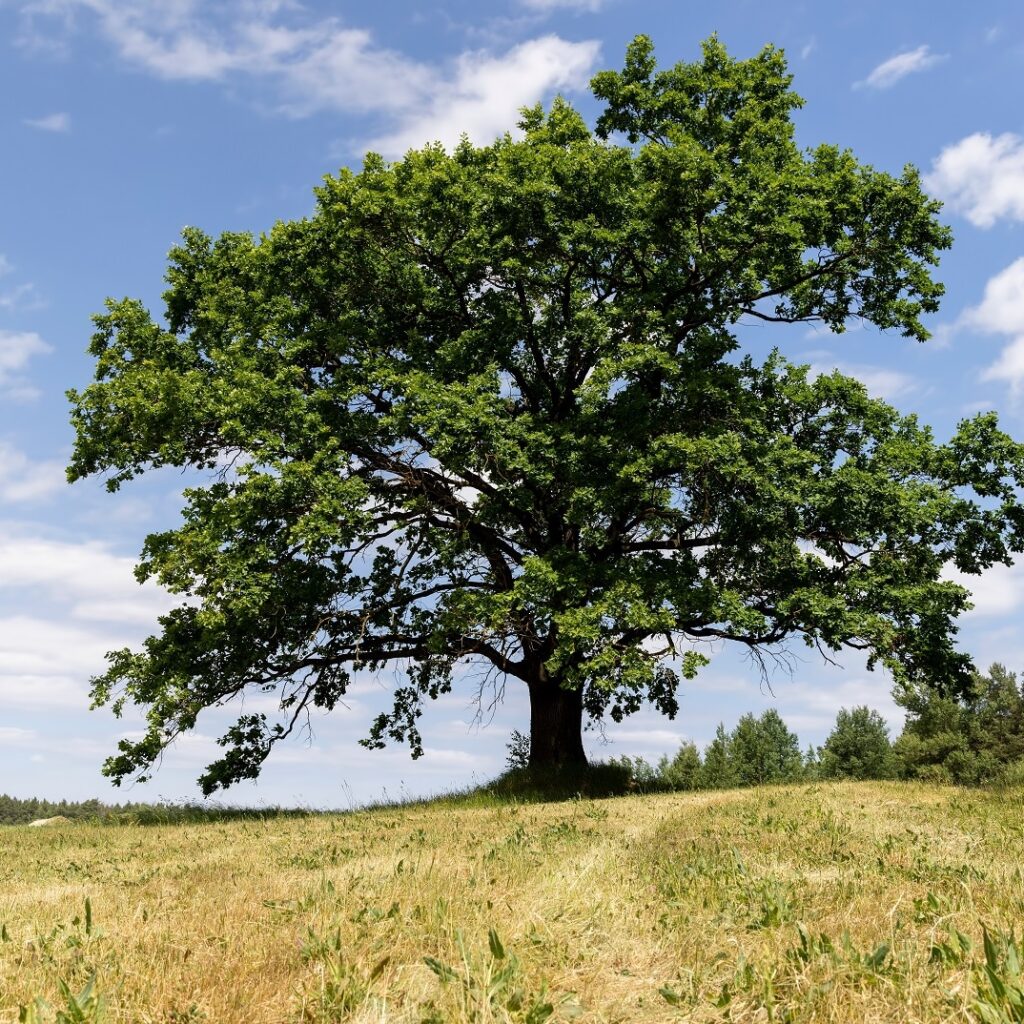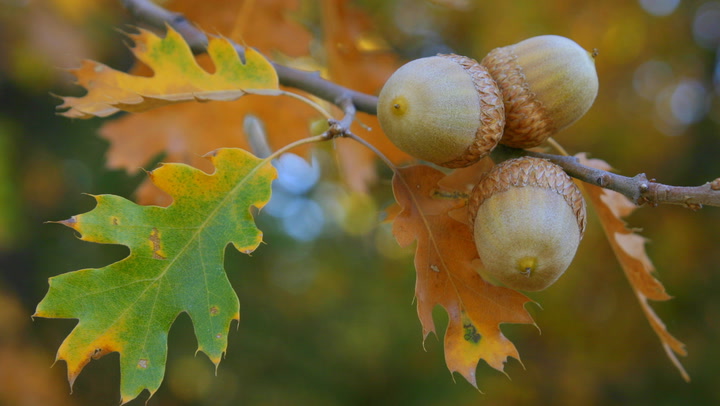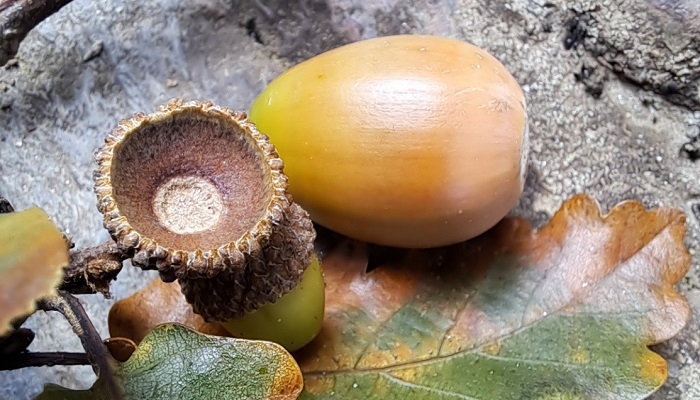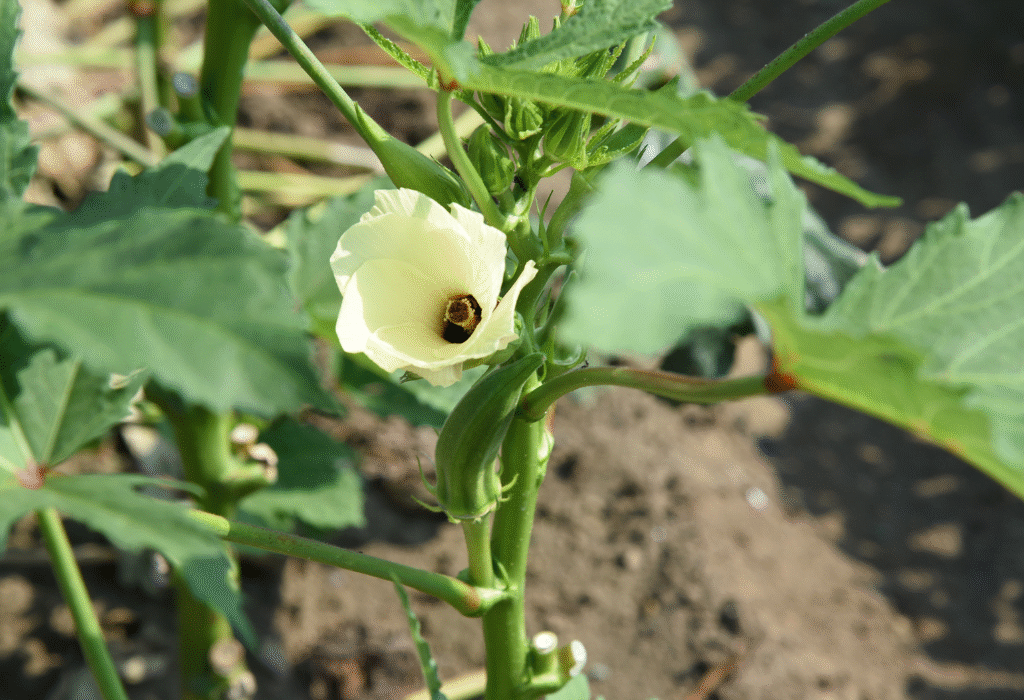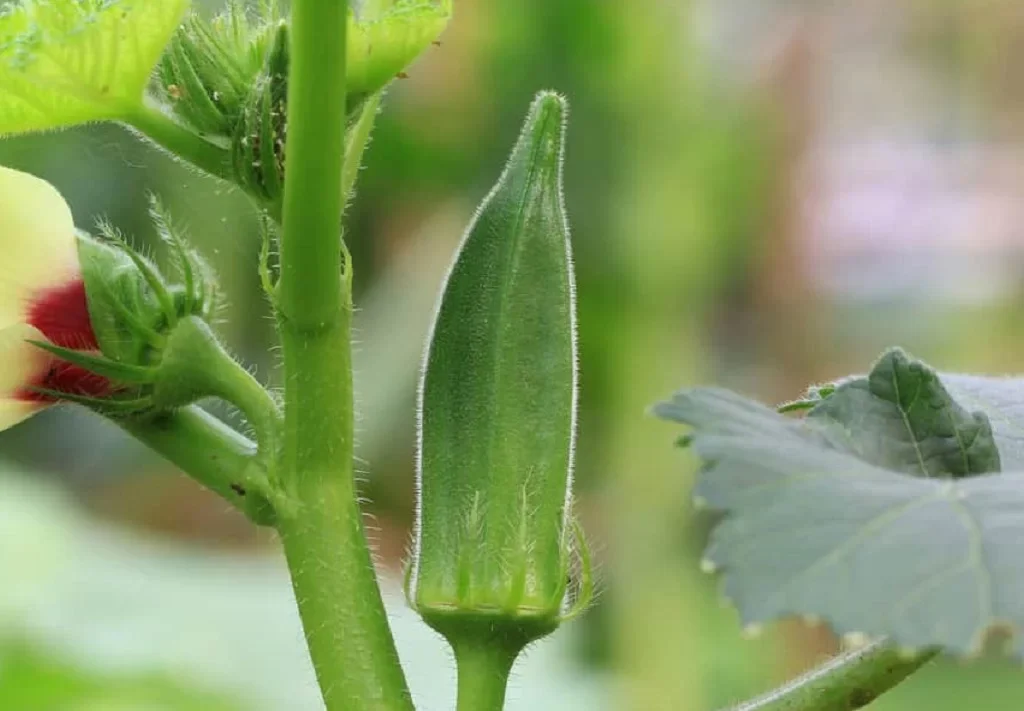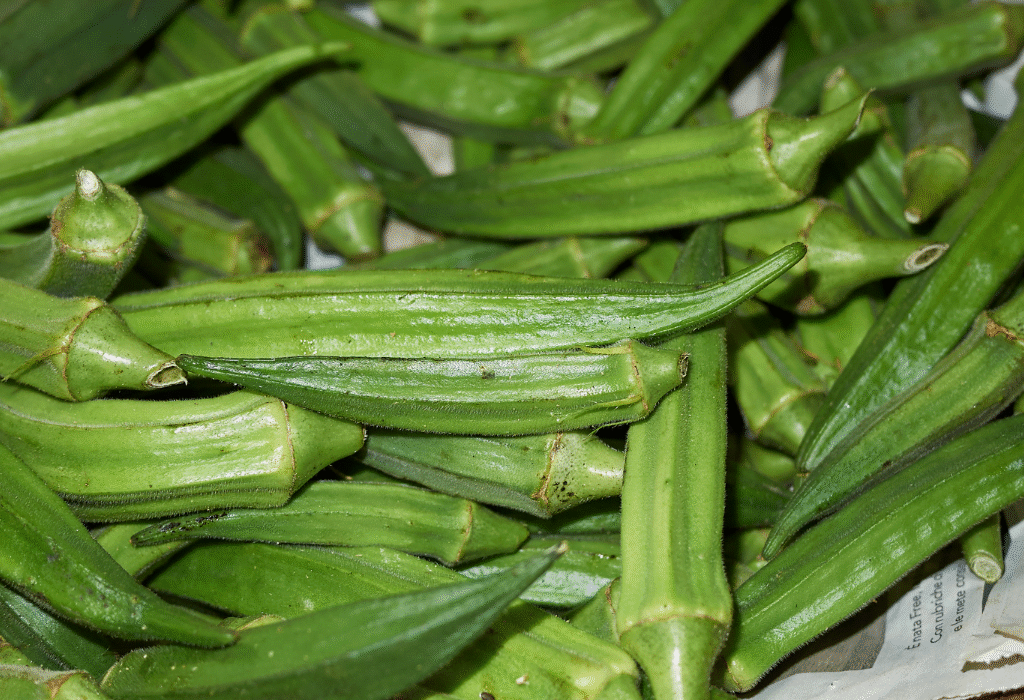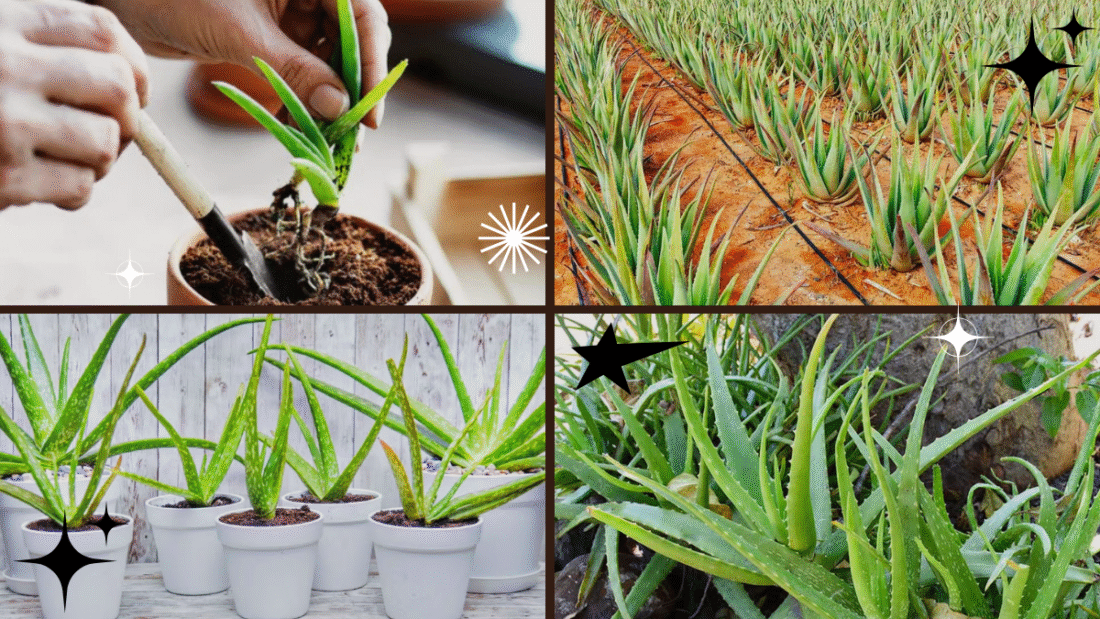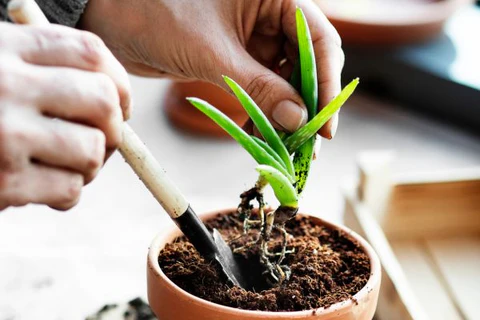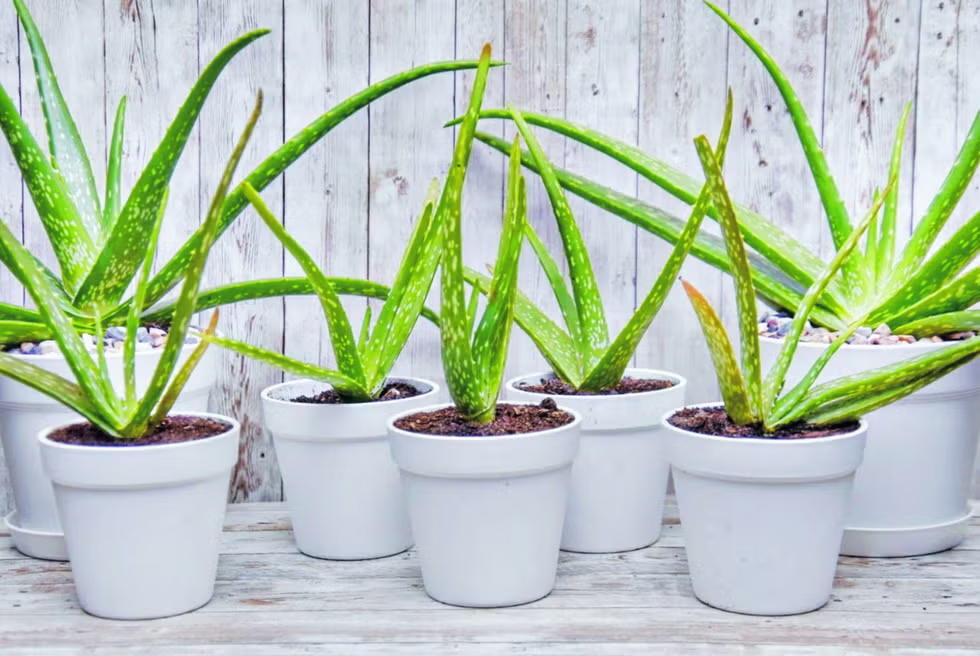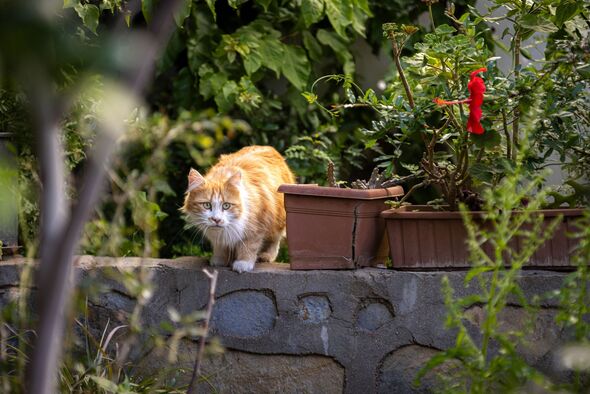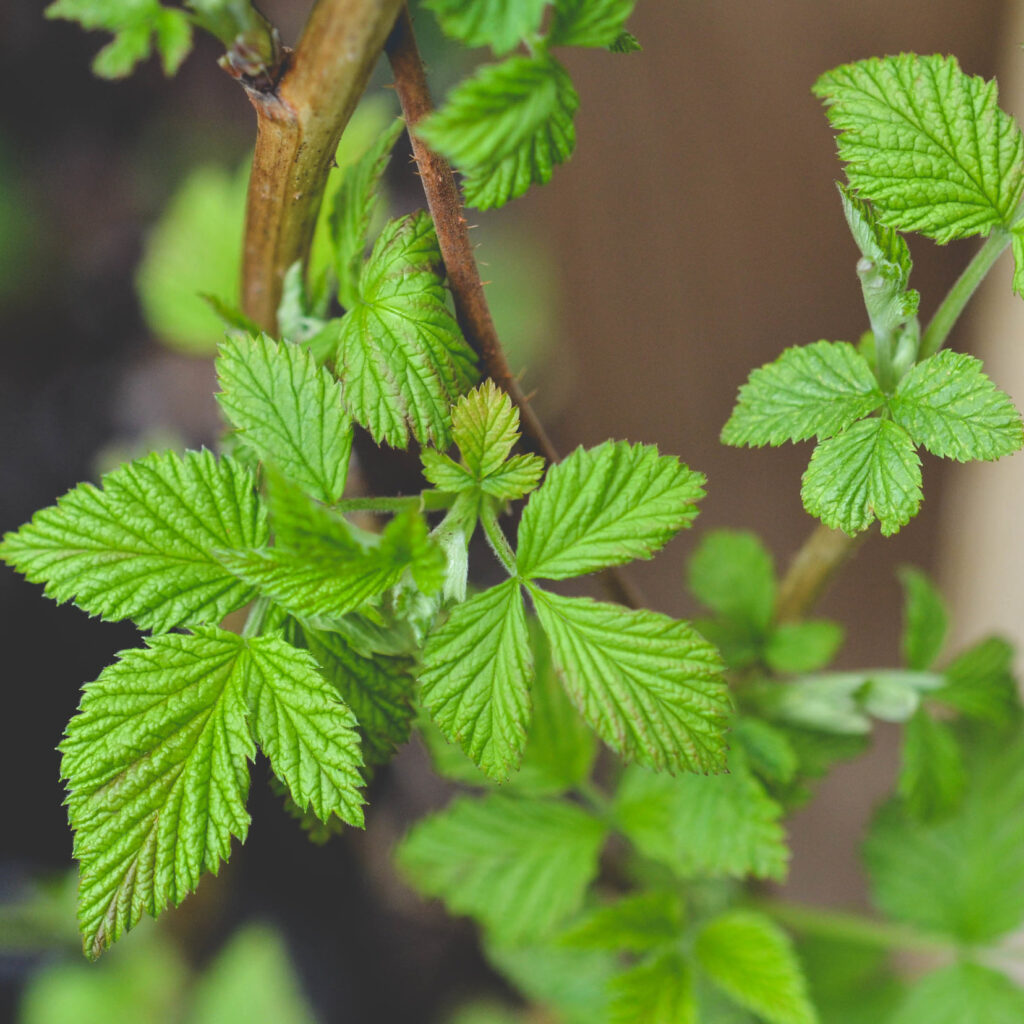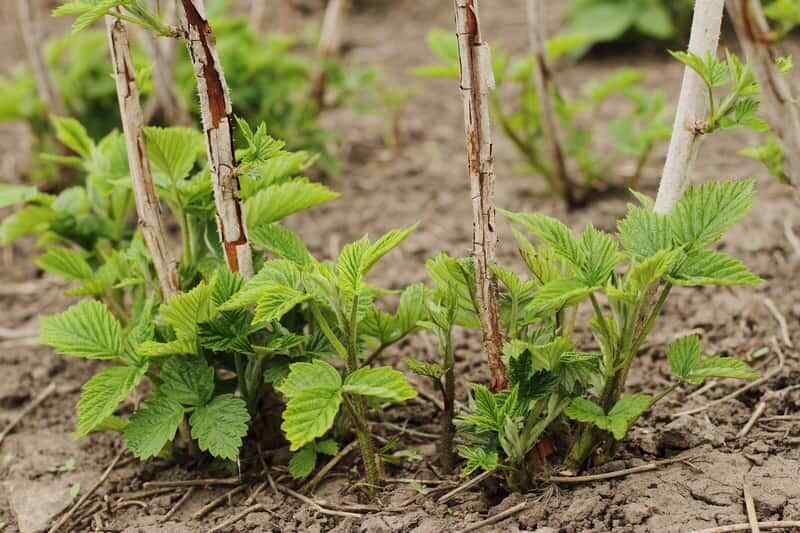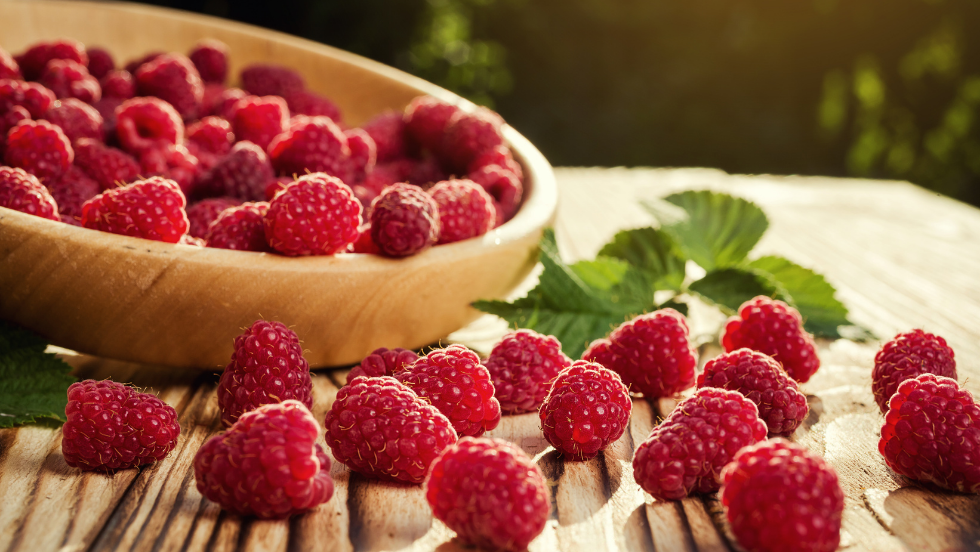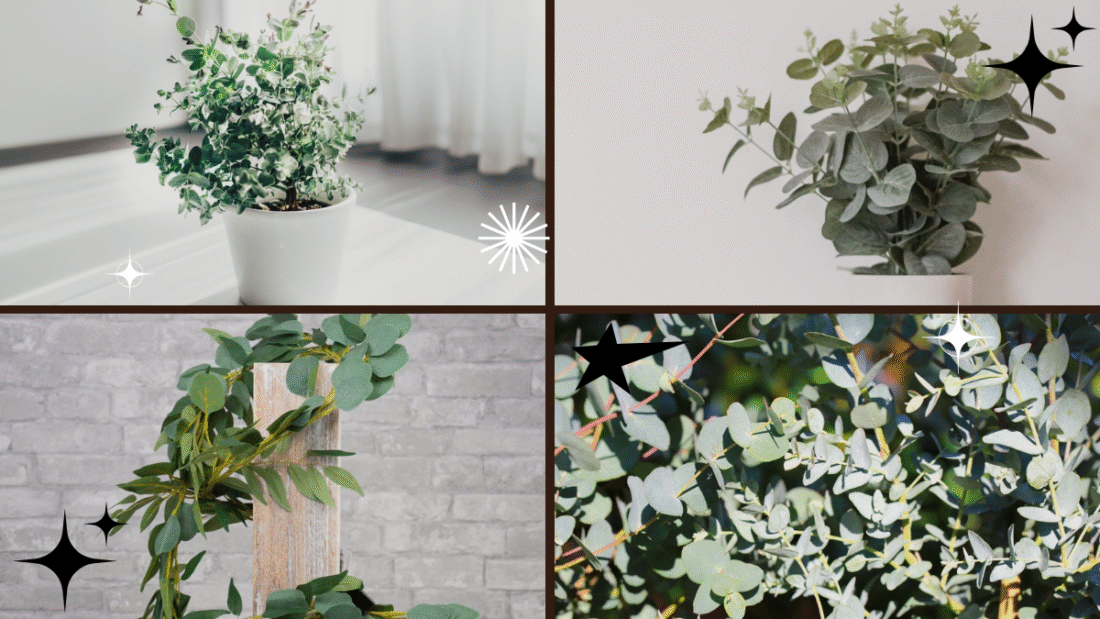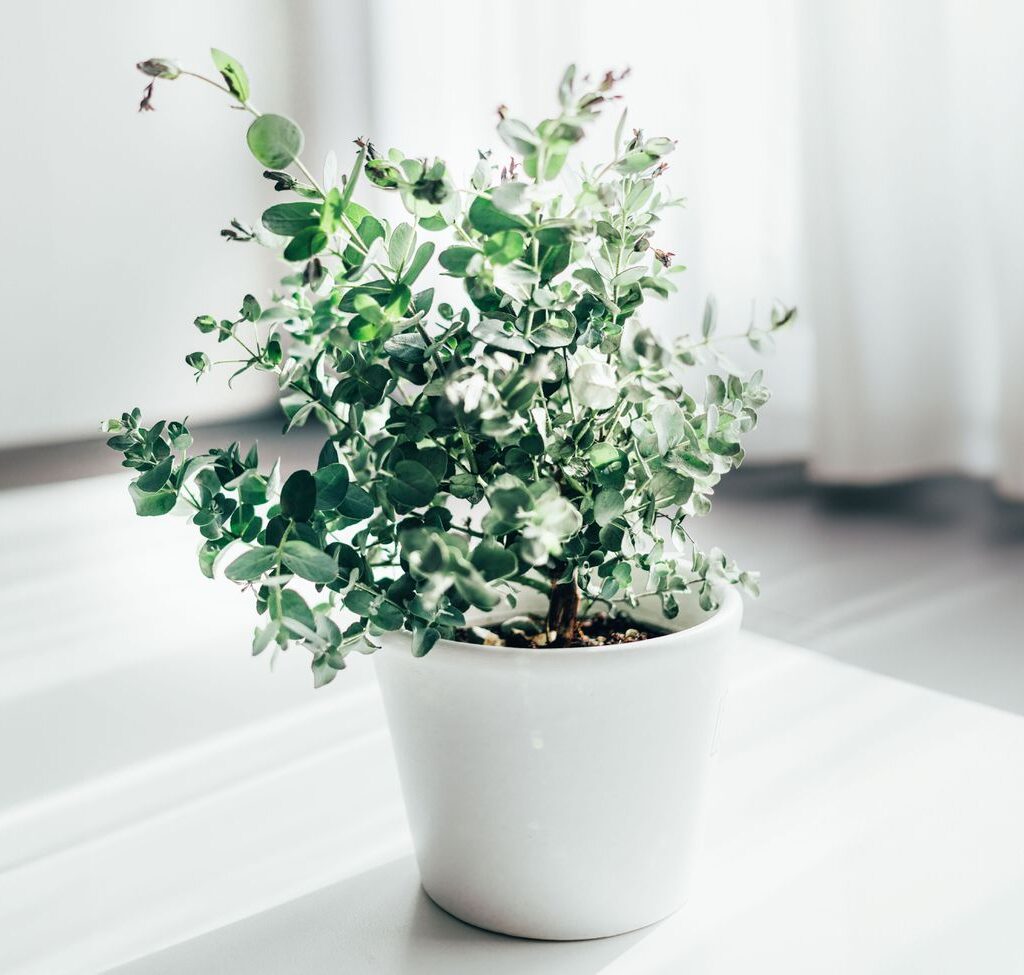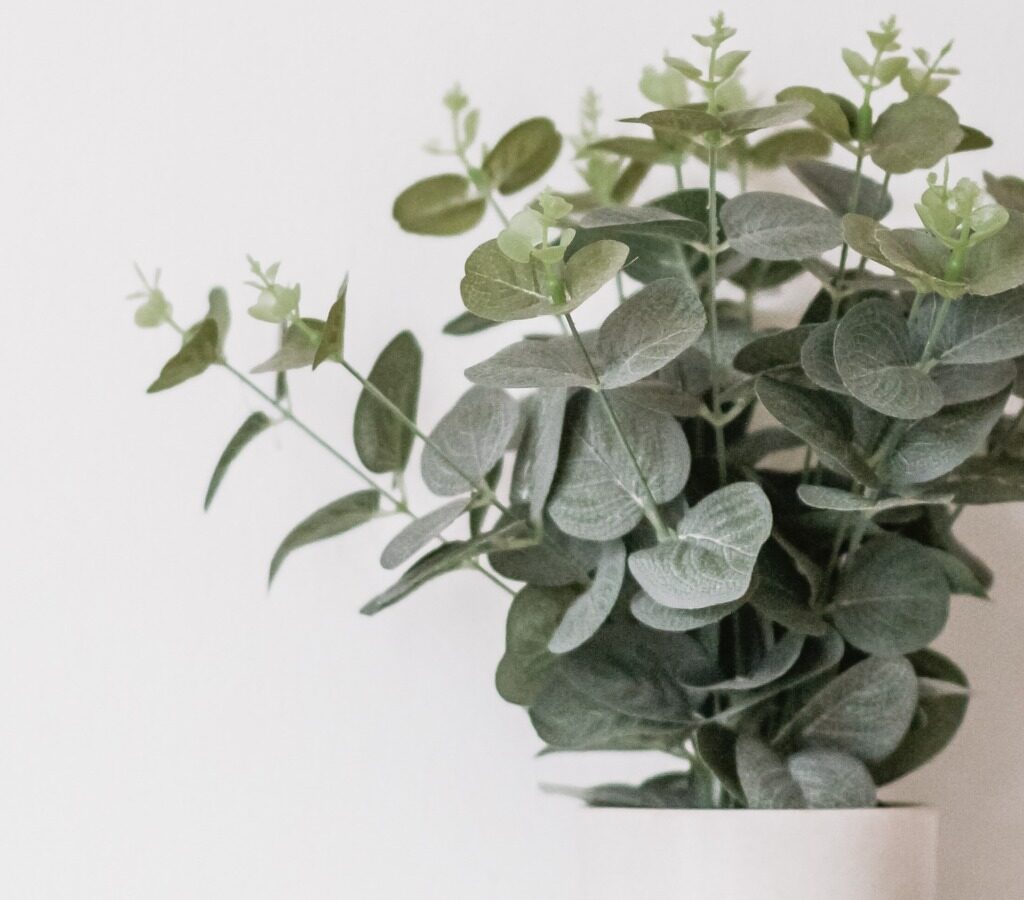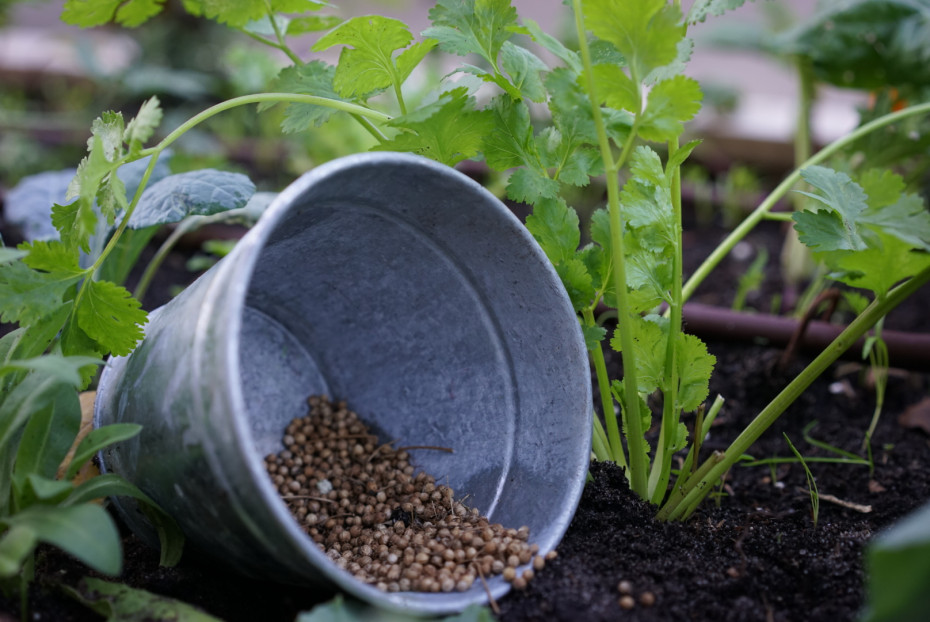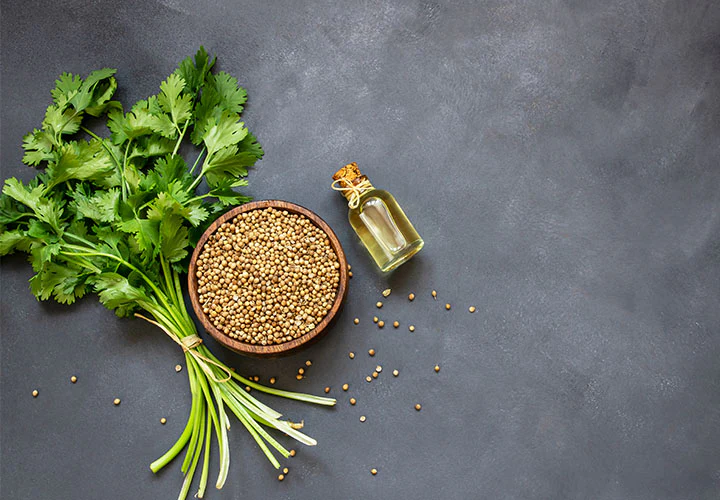Imagine walking through your own backyard orchard, the branches of apple trees heavy with crisp, juicy fruits in shades of red, green, and gold. Not only do apple trees add beauty to your landscape, but they also provide fresh, delicious fruit for your kitchen — pies, jams, juices, and healthy snacks for years to come.
The best part? Growing apple trees isn’t as difficult as it might seem. With the right care and a little patience, you can easily start your own orchard dream, whether it’s a single tree or a grove of them. In this guide, we’ll walk you through everything you need to know to successfully plant and grow apple trees at home.
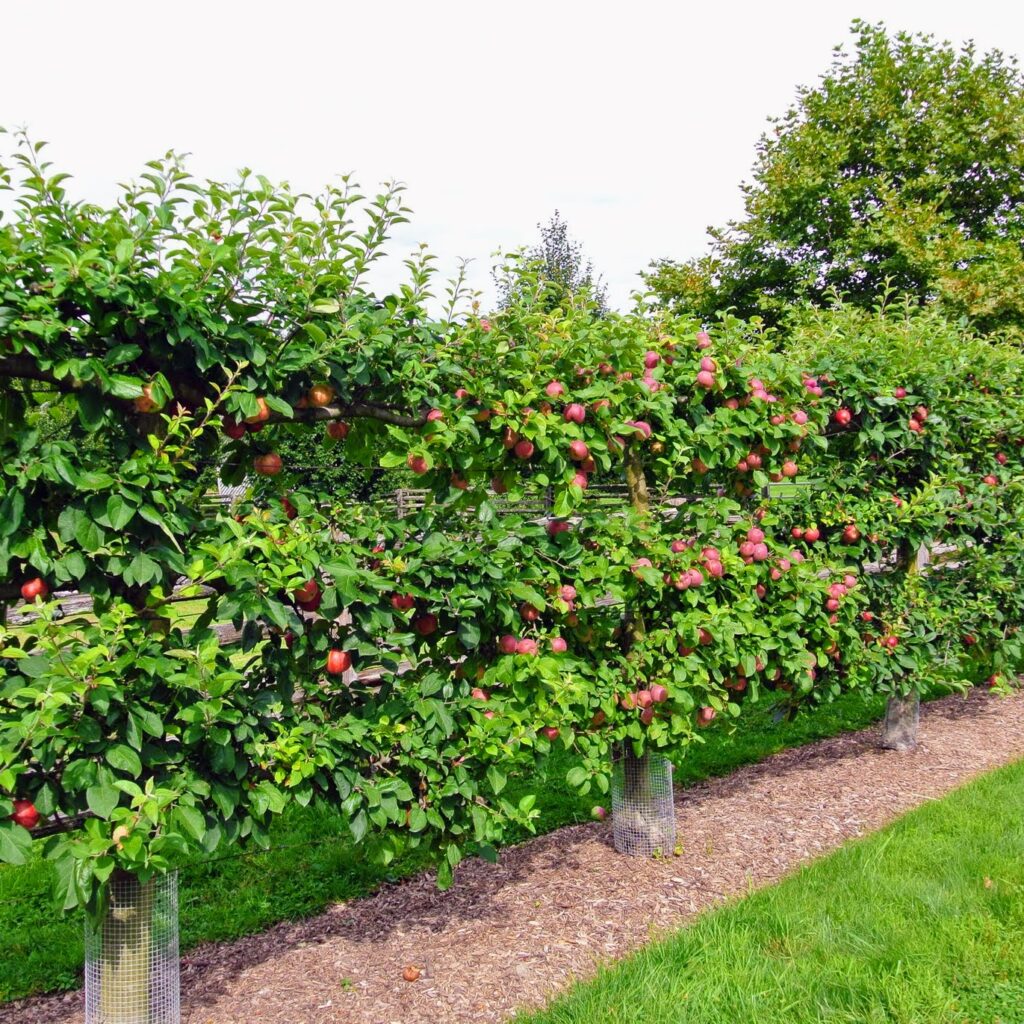
Why Plant Apple Trees?
Apple trees are one of the most popular and rewarding fruit trees to grow because:
- They’re beautiful landscape trees with spring blossoms and fall color.
- They offer a long harvest season from late summer to early winter, depending on the variety.
- Homegrown apples are fresher and tastier than store-bought.
- You can choose from dozens of apple varieties suited to your climate and taste preferences.
- Once established, apple trees can live and produce fruit for decades.

Choosing the Right Apple Tree Varieties
Before you start digging, it’s important to pick the right variety for your climate, space, and tastes.
Consider:
- Your USDA hardiness zone
- How big the tree will grow (standard, semi-dwarf, or dwarf)
- Pollination needs
- Flavor preferences (sweet, tart, crisp)
Popular Varieties:
- Honeycrisp – Juicy, crisp, sweet-tart; great for eating fresh.
- Fuji – Super sweet and crunchy, stores well.
- Granny Smith – Tart and firm, perfect for pies and sauces.
- Gala – Sweet, aromatic, ideal for fresh eating and desserts.
- McIntosh – Juicy and tangy, classic flavor.
Pro tip:
Most apple trees are not self-pollinating — meaning you’ll need at least two different compatible varieties nearby for good fruit production.
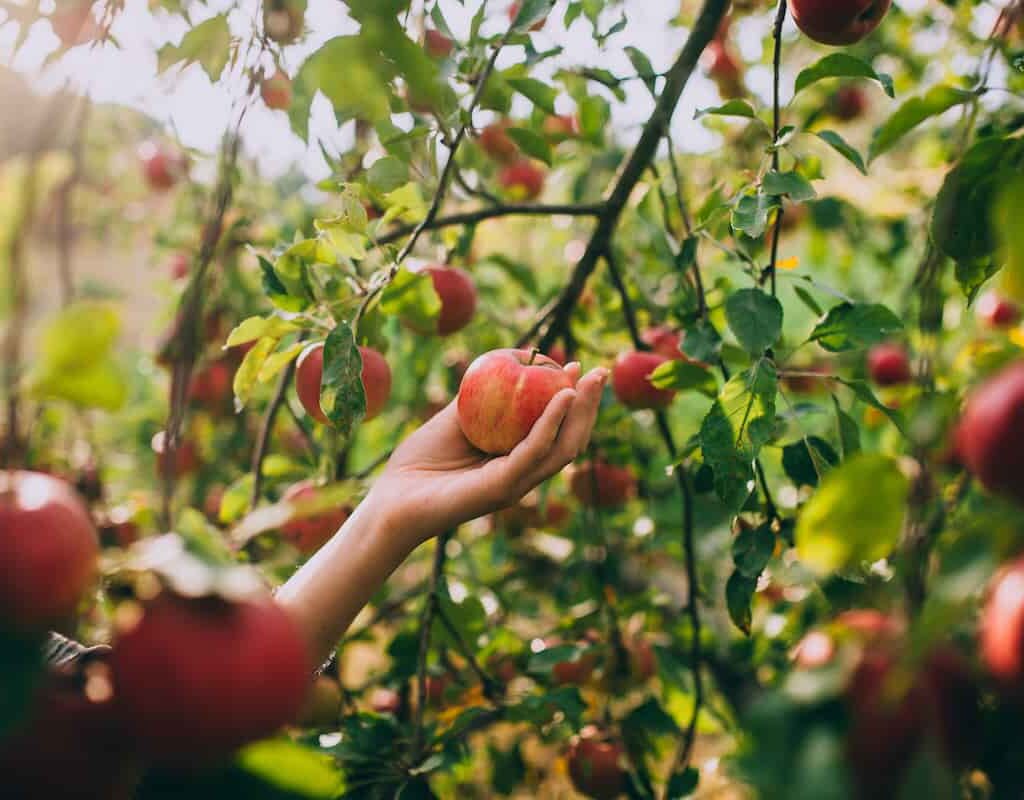
When and Where to Plant Apple Trees
Best Time to Plant:
- Early spring (before buds break) is ideal in most areas.
- In warmer regions, you can also plant in late fall when trees are dormant.
Ideal Planting Spot:
- Full sun — at least 6–8 hours of direct sunlight daily.
- Well-draining soil, loamy and fertile.
- A location with good air circulation to prevent fungal diseases.
- Avoid low-lying frost pockets.
Soil pH should be slightly acidic to neutral (6.0 to 7.0). Test your soil and amend as needed before planting.

How to Prepare the Planting Site
- Clear the area of weeds, grass, and debris.
- Dig a hole twice as wide as the tree’s root ball and as deep as its roots.
- Loosen the soil at the bottom and around the sides to help roots establish.
- Mix compost or well-rotted manure into the removed soil to improve fertility and drainage.
How to Plant Apple Trees (Step-by-Step)
Whether planting a bare-root or container-grown tree, the planting steps are similar.
1. Inspect the Tree
Remove any damaged roots or branches before planting.
2. Soak Bare-Root Trees
If you’re planting a bare-root tree, soak the roots in water for 1–2 hours before planting to hydrate them.
3. Position the Tree
- Set the tree in the hole.
- The graft union (a small bump where the tree was grafted onto its rootstock) should be 2–3 inches above the soil line.
- Spread the roots outward in the hole.
4. Backfill the Hole
- Fill the hole halfway with soil.
- Gently tamp it down and water to settle air pockets.
- Fill the rest of the hole with soil, forming a slight mound around the trunk.
5. Water Thoroughly
Water deeply after planting to help the soil settle around the roots.
Spacing Apple Trees
Spacing depends on the tree size:
- Standard trees: 20–30 feet apart.
- Semi-dwarf trees: 12–20 feet apart.
- Dwarf trees: 6–10 feet apart.
Leave at least 10–20 feet between rows for air circulation and maintenance access.
Mulching and Staking
- Apply a 2–4 inch layer of organic mulch (wood chips, straw, or compost) around the base, keeping it a few inches from the trunk.
- Mulch conserves moisture, suppresses weeds, and protects the roots.
- Stake young trees to keep them upright in windy areas until their roots are established.
Watering Apple Trees
- Water deeply once a week during the growing season (more during hot, dry weather).
- Avoid overwatering — apple trees dislike soggy roots.
- Reduce watering in fall as the tree prepares for dormancy.
Fertilizing Apple Trees
Feed your apple trees to support healthy growth and good fruiting:
- In early spring, apply a balanced fertilizer (10-10-10) around the drip line (not directly against the trunk).
- Reapply according to label instructions, usually after the first flush of growth.
- Avoid over-fertilizing, which encourages leafy growth over fruit production.
Pruning Apple Trees
Pruning keeps apple trees healthy, shapely, and productive:
- Prune in late winter or early spring before new growth.
- Remove any dead, diseased, or crossing branches.
- Thin out the center to improve air circulation and sunlight penetration.
- Aim for an open, vase-like shape or central leader structure.
Regular pruning encourages better harvests and reduces disease risks.
Protecting Apple Trees from Pests and Diseases
Common apple pests and problems include:
- Codling moths
- Aphids
- Apple maggots
- Fungal diseases (like apple scab and powdery mildew)
Natural control tips:
- Attract beneficial insects (like ladybugs and lacewings).
- Use organic sprays like neem oil.
- Pick up fallen fruit and prune diseased branches.
- Consider lightweight fruit tree netting to keep birds away from ripening apples.
When to Harvest Apples
Harvest times depend on the variety:
- Early-season apples: July–August
- Mid-season apples: September
- Late-season apples: October–November
Signs your apples are ready:
- They come off easily when gently twisted.
- The color has fully developed.
- The flesh tastes sweet, crisp, and juicy.
Storing Homegrown Apples
- Keep apples cool and humid — 32°F to 40°F is ideal.
- Store in perforated plastic bags or crates.
- Regularly check for spoiled fruit and remove them.
Some apple varieties store for months in a cool basement or fridge.
Final Thoughts
Starting your orchard dream is easier than you think. With careful planning, the right apple tree varieties, and proper planting techniques, you can enjoy sweet, crisp apples fresh from your own garden for years to come.
Remember — apple trees are long-lived and rewarding investments in both your landscape and your pantry. The key is to give them a good start, provide consistent care, and practice a little patience while they grow into fruit-bearing beauties.
Now’s the perfect time to grab your shovel, choose your favorite apple variety, and start planting your future harvest!


